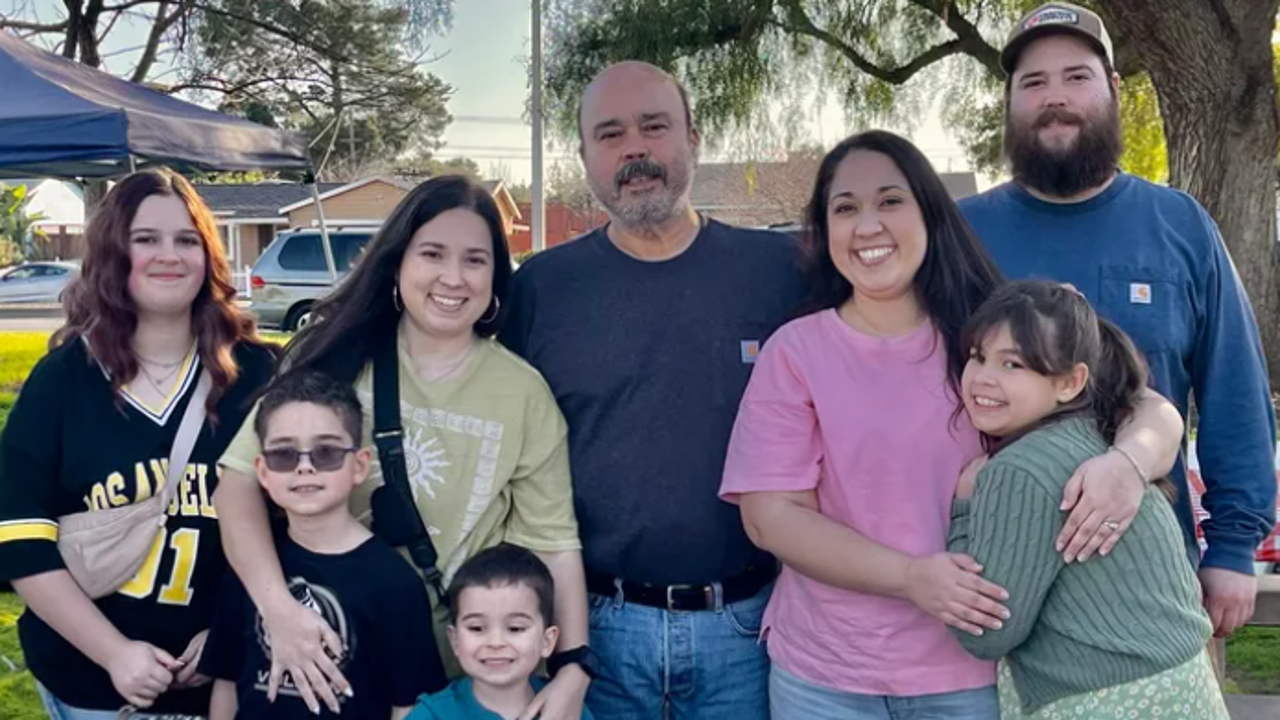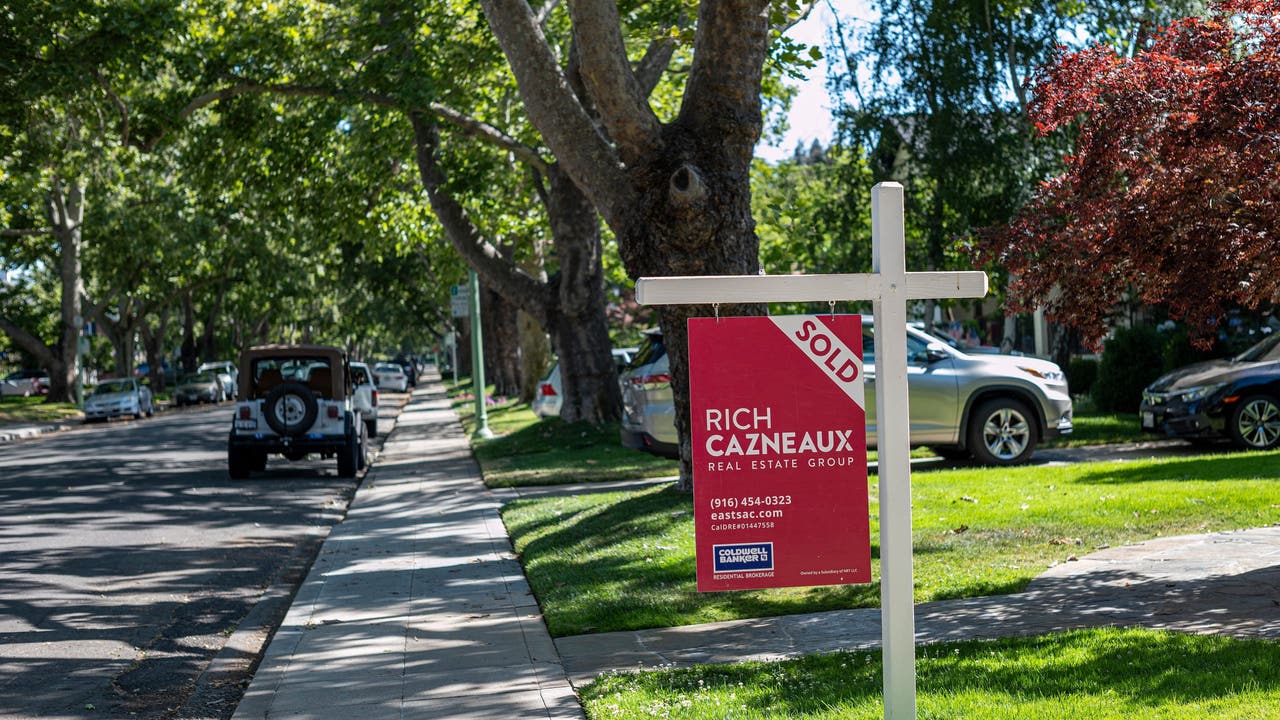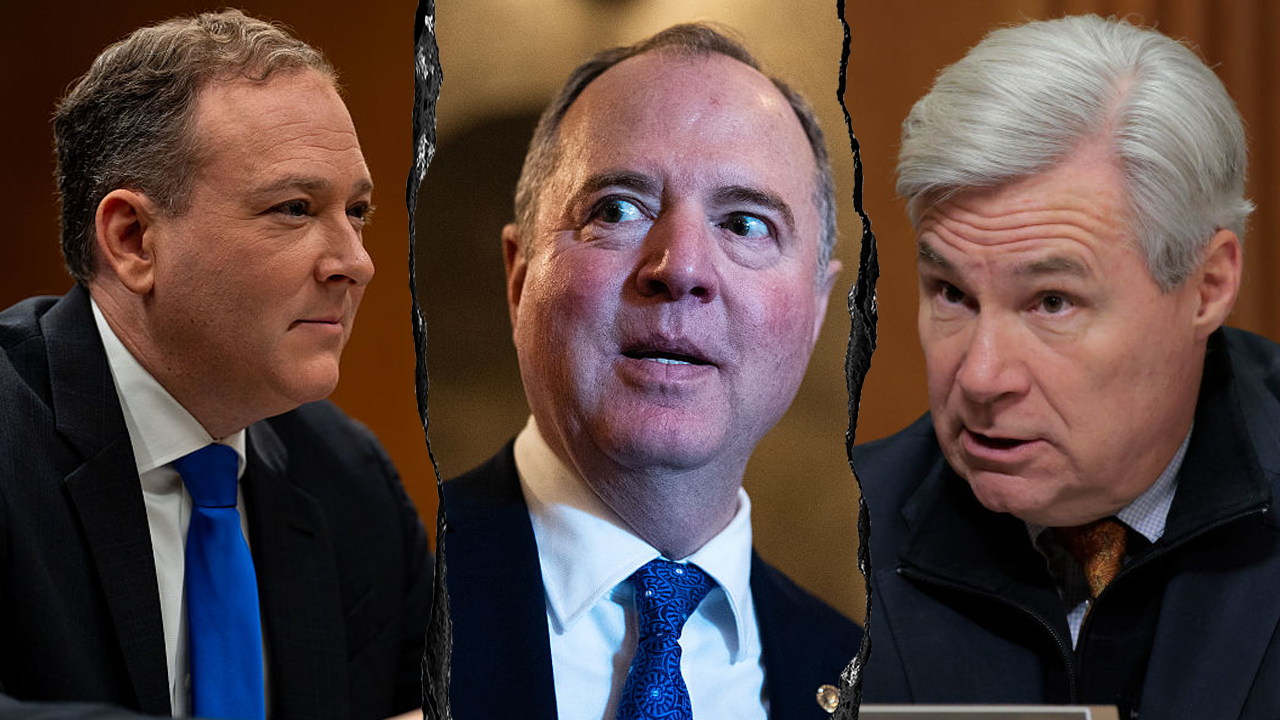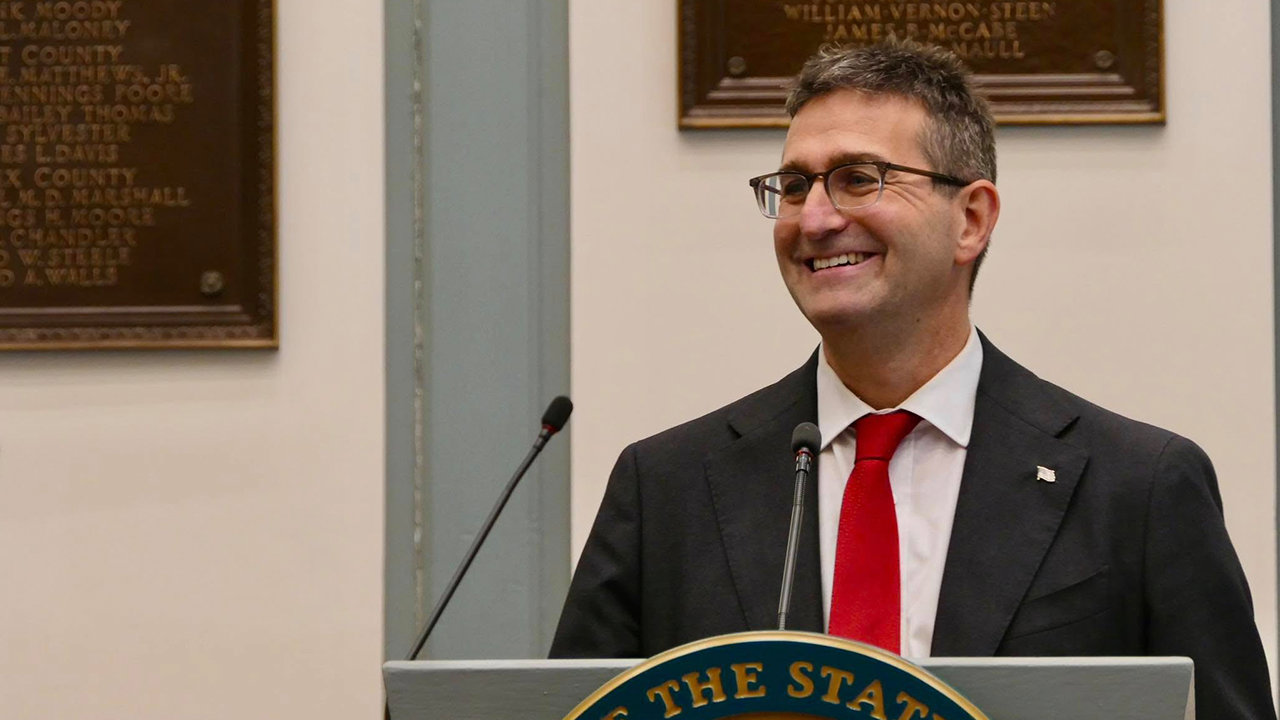CNN
—
When MosaicML, a generative AI platform company, decided to upgrade its office space, its CEO and co-founder, Naveen Rao, was set on San Francisco, even though he lives in Southern California.
“Everyone is talking about doom and gloom, this and that, but it’s still literally the best place in the world to build a company. There’s nothing like it,” Rao said of San Francisco.
Indeed, the city’s economy was hit particularly hard by the pandemic and three years later, it is still dealing with the fallout after a string of high-profile retailers recently pulled out of the city’s once-vibrant downtown. But despite its economic troubles, San Francisco has quietly benefited from the recent generative AI boom.
Alexander Quinn, senior director of research at commercial real estate company JLL, said his firm sees bright spots in San Francisco’s commercial real estate market as AI companies drive office leasing demand.
“It’s driving demand specifically here,” Quinn said of the recent artificial intelligence craze.
Rao said his decision to keep his company in San Francisco was helped by the fact that the city had become the epicenter of the recent AI craze, which took off late last year when OpenAI launched its generative AI product, ChatGPT.
“The talent is unparalleled,” he said. “There’s just no other place in the world that’s even close.”
In May, MosaicML signed a lease on an 8,000-square-foot office in San Francisco that was “newer and nicer” than the company’s first office, according to Rao. JLL helped MosaicML close its deal for office space.
Quinn said his firm knows of 10 AI companies currently on the hunt for office space in San Francisco.
“San Francisco has just been a series of gold rushes,” Quinn noted. “We’ve known ourselves to be an up and down type of economy historically, and that really manifested over the pandemic, and now we’re just starting to see that recovery.”
The city’s tech-heavy workforce embraced remote work with open arms in 2020, resulting in many white-collar workers trickling out of the city in search of more affordable living. As more employees in other major cities like New York and Los Angeles have returned to in-person work, San Francisco’s workforce has been slower to come back. Office vacancy rates in the city are at a 30-year high, and the city’s downtown has seen a spate of high-profile retail store closures as foot traffic declined from a lack of office workers and tourists.
Last month, mall operator Westfield said it would surrender its San Francisco Centre mall in the city’s Union Square back to its lender after over 20 years of operation. The mall operator cited declining sales and foot traffic as reasons for its decision. More than 39 retail stores have shuttered in San Francisco’s Union Square area since 2020, according to data from Coresight.

The commercial real estate business also has felt the sting of San Francisco’s slowdown. The city, once home to some of the world’s most valuable real estate, has seen a collapse in valuations. In May, the city’s 350 California Street office tower was finally sold for 75% below its asking price in 2020, according to real estate news site The Real Deal.
But key figures in San Francisco have embraced the city’s latest iteration as an AI hub.
San Francisco’s mayor, London Breed, recently dubbed San Francisco “the AI capital of the world” and suggested that the city consider tearing down shuttered retail space to build new structures and reshape the struggling city.

Brex, which offers corporate credit cards and cash management accounts, is another tech company that signed a lease on new office space in San Francisco this year. The company’s founder and co-CEO, Henrique Dubugras, recently moved back to the city after decamping to Los Angeles during the pandemic.
“Our CEO is pretty vocal about being closer to AI, and what is happening across the ecosystem in San Francisco was a goal for him in moving back,” Michael Tannenbaum, the company’s chief financial officer and chief operating officer, said. Tannenbaum said the company works with many AI-focused startups in the area and having an office in San Francisco is good for business.
“In the same way that retailers want to be in expensive malls because they want to have a presence in those malls, it’s the same sort of concept for San Francisco,” he said.
However, not everyone in the commercial real estate space believes the recent AI boom is enough to revive the city.
Hans Hansson, the president of Starboard CRE, a San Francisco-based commercial real estate firm, said that while he has seen some companies, including smaller AI firms, take advantage of relatively lower office rents in San Francisco in recent months, he doesn’t believe that an AI boom alone is enough to repair the damage to the city’s economy.
“AI firms are great if you have 100 or so people coming into the office every day, but if you have an AI firm where three-quarters of the firm is remote and only a third is actually working on-site, that doesn’t support all the other services that would go in and join you, like restaurants, bars and all the other fun stuff you’d have on the ground floor of office buildings,” he said.
“I think the crash is coming, and it hasn’t happened yet,” he added, referring to commercial real estate prices.
Quinn said that despite an uptick in AI companies renting office space, JLL has seen more traditional businesses, like banks and law firms, look to reduce their office spaces or leave the city when their leases come due.
“We were used to being the real estate darling across the United States, so this is a new dynamic that we haven’t experienced before,” he said.






























